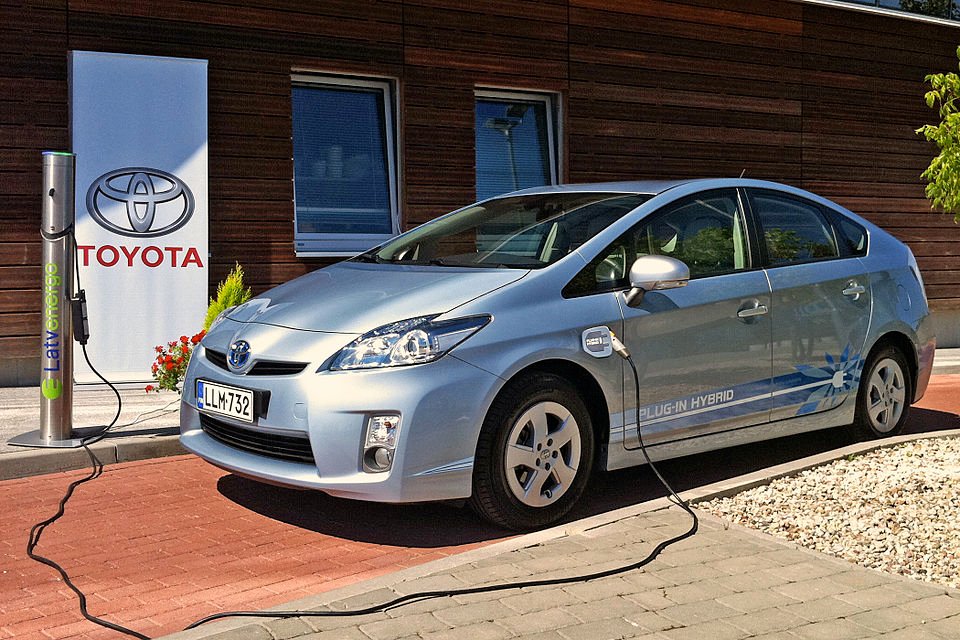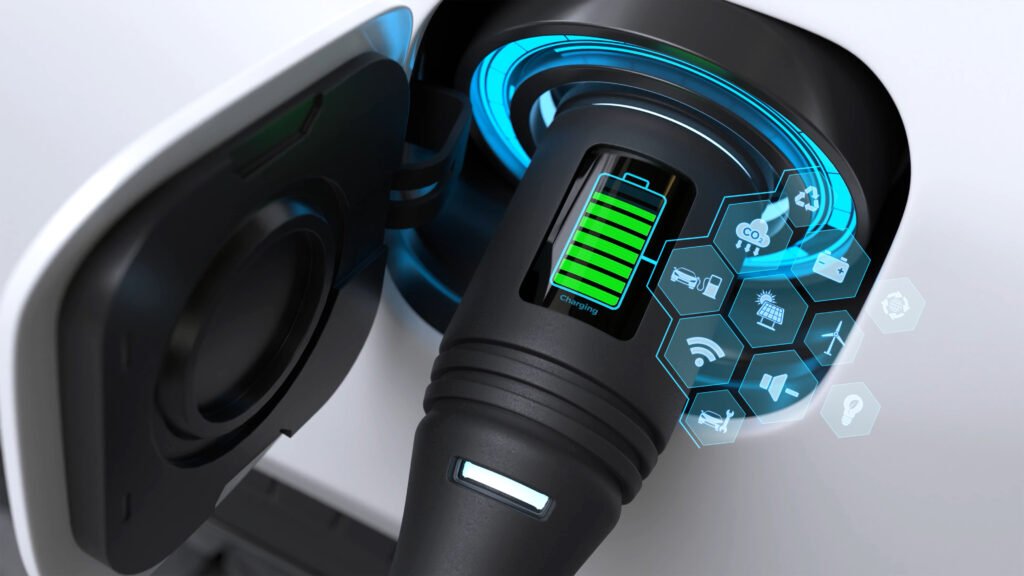When it comes to hybrid technology, few names are as iconic as the Toyota Prius Plug-in Hybrid. Since its debut, the Prius has become synonymous with fuel efficiency and innovation, pioneering a new era of eco-conscious driving. The Plug-in Hybrid variant takes this legacy even further, blending electric mobility with the reliability of a gasoline engine—creating a vehicle that delivers the best of both worlds.
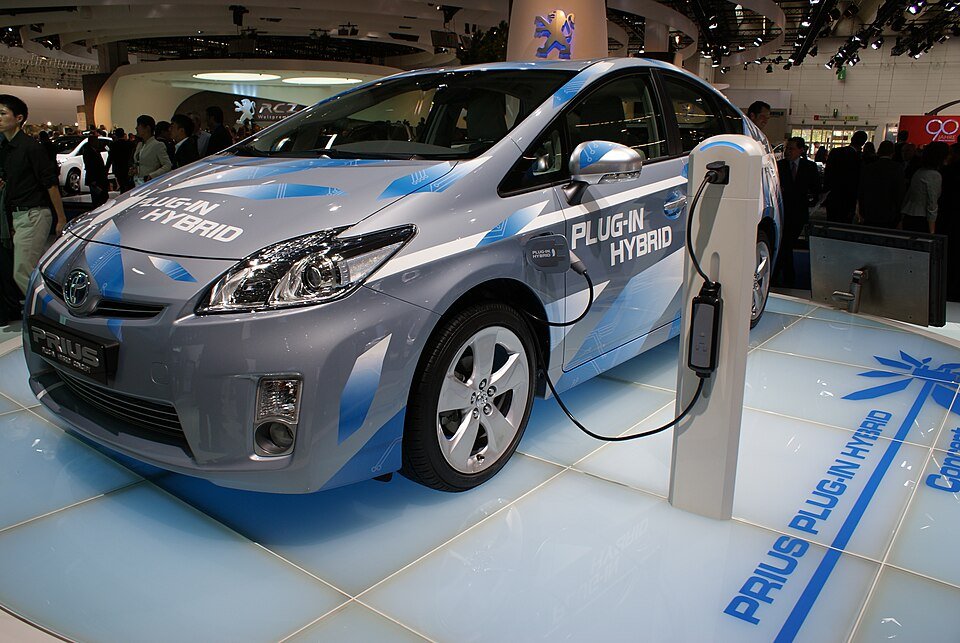
In today’s automotive landscape, where sustainability meets smart engineering, the Toyota Prius Plug-in Hybrid stands out as a practical, efficient, and forward-thinking choice. Whether you’re an urban commuter looking to cut fuel costs or a long-distance driver seeking flexibility, this model offers a seamless driving experience that aligns with modern environmental goals.
What Is the Toyota Prius Plug-in Hybrid?
The Toyota Prius Plug-in Hybrid, also known as the Prius Prime in some markets, is an evolution of the traditional hybrid Prius. It combines an electric motor, a rechargeable lithium-ion battery, and a gasoline engine to optimize energy use.
Unlike a standard hybrid, which relies solely on regenerative braking and engine power to recharge its battery, the Plug-in Hybrid can be charged via an external power source—such as a home outlet or public charging station. This allows drivers to cover short distances purely on electric power, reducing fuel consumption and emissions.
The current Prius Plug-in Hybrid offers:
- An electric-only driving range of around 44 miles (70 km) on a full charge.
- A combined output of approximately 220 horsepower, providing smooth yet responsive performance.
- A fuel economy rating exceeding 130 MPGe (miles per gallon equivalent) when driven primarily on electric mode.
According to Toyota Motor Corporation, this combination of efficiency and practicality makes the Prius Plug-in Hybrid one of the most versatile eco-friendly vehicles on the market.
Key Benefits and Advantages
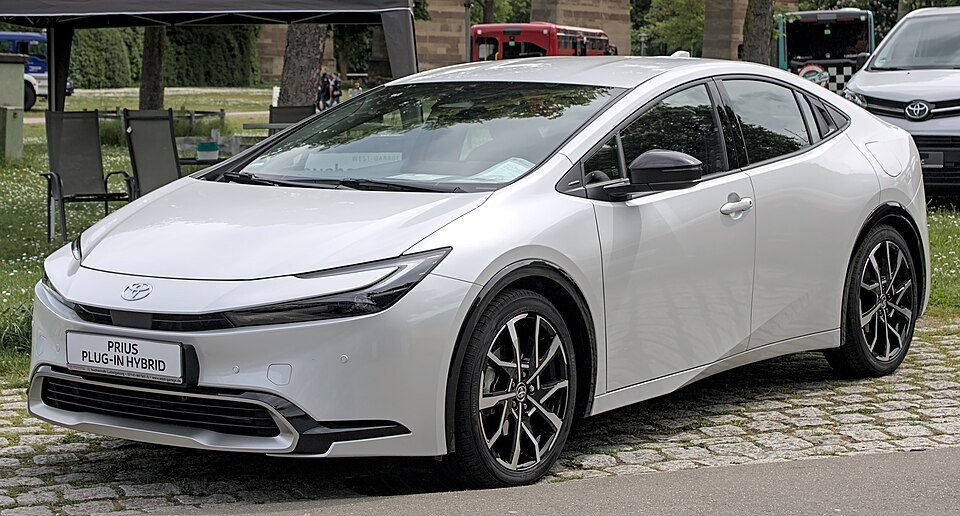
1. Outstanding Fuel Efficiency
The Prius Plug-in Hybrid is designed for maximum efficiency. For daily city commutes or short trips, you can drive entirely on electric power—saving money on fuel and reducing carbon emissions. On longer journeys, the gasoline engine automatically kicks in, ensuring you never have to worry about range anxiety.
2. Flexible Charging Options
One of the standout features of the Toyota Prius Plug-in Hybrid is its flexible charging system. It can be charged from a standard household outlet or a faster Level 2 charger, taking roughly two hours to reach full charge.
This flexibility means you can easily integrate charging into your routine—plug in overnight or while shopping, and your car will be ready to go.
3. Lower Emissions, Cleaner Driving
By combining electric and gasoline power, the Prius Plug-in Hybrid significantly reduces greenhouse gas emissions compared to conventional vehicles. It’s an ideal choice for eco-conscious drivers who want to minimize their environmental footprint without sacrificing convenience.
4. Advanced Technology and Safety
Toyota has equipped the Prius Plug-in Hybrid with cutting-edge features, including the Toyota Safety Sense suite—a package that includes adaptive cruise control, lane-keeping assist, and pre-collision detection. The infotainment system supports Apple CarPlay, Android Auto, and a range of connected services for a modern driving experience.
5. Smooth and Quiet Ride
Electric mode driving provides near-silent operation, making every trip serene and enjoyable. The car’s low center of gravity also improves handling and stability, offering a comfortable yet engaging driving feel.
Challenges and Limitations
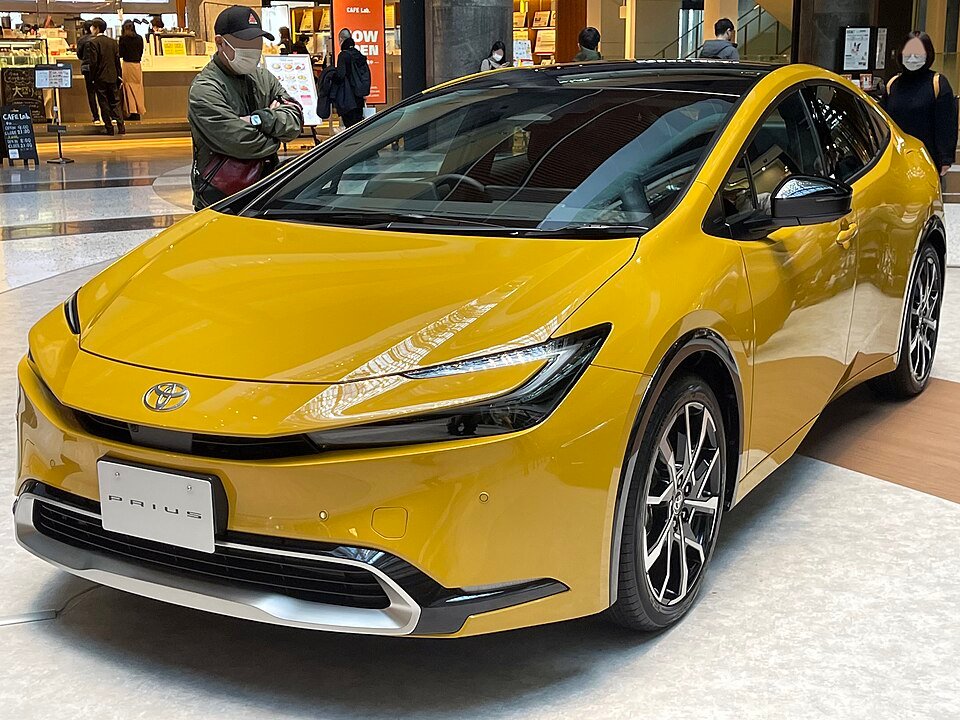
While the Toyota Prius Plug-in Hybrid is an impressive piece of engineering, it does come with a few limitations worth considering.
1. Higher Initial Cost
Compared to the standard hybrid model, the Plug-in Hybrid has a higher purchase price due to its larger battery and additional components. However, this cost is often offset by fuel savings and government incentives for eco-friendly vehicles.
2. Limited Electric Range
Although the electric-only range of 44 miles is sufficient for most commutes, it’s shorter than what fully electric vehicles (EVs) offer. For drivers seeking completely emission-free mobility, this might be a drawback.
3. Charging Infrastructure
While charging networks are growing, some regions still lack widespread access to public chargers. However, the Prius Plug-in’s hybrid nature ensures you’re never stranded—you can always rely on the gasoline engine when needed.
4. Trunk Space Reduction
The larger battery pack slightly reduces cargo capacity compared to the standard Prius. It’s a minor trade-off for the added electric performance, but one to note for drivers who frequently need more storage.
Real-World Examples and Case Studies
Everyday Commuting Made Efficient
For many urban and suburban drivers, the Toyota Prius Plug-in Hybrid has become a daily commuting hero. A driver covering under 40 miles per day can operate almost entirely on electric power, recharging overnight and rarely using fuel.
Government Incentives and Savings
In several countries, including the U.S., drivers can take advantage of federal and state incentives for purchasing plug-in hybrid vehicles. These incentives often include tax credits, rebates, or reduced registration fees, making the Prius Plug-in a financially smart option.
Environmental Recognition
The Prius Plug-in Hybrid has received numerous accolades for its eco-performance. According to Wikipedia’s Prius page, it consistently ranks among the most fuel-efficient cars in its class and remains a benchmark for hybrid innovation.
Future Trends and Predictions
As the automotive world moves rapidly toward electrification, the Toyota Prius Plug-in Hybrid represents a vital transitional technology. It offers consumers the benefits of electric mobility without the full commitment required by pure EVs.
1. Enhanced Electric Range
Future versions of the Prius Plug-in are expected to offer extended electric ranges, potentially exceeding 60 miles per charge. Advances in battery density and energy efficiency will make this possible.
2. Integration with Renewable Energy
Toyota is exploring ways for plug-in hybrids to connect with solar power systems, enabling drivers to charge using clean, renewable energy sources at home.
3. Smart Charging and Connectivity
Expect to see more advanced smart charging features—like vehicle-to-grid (V2G) technology—that allow the Prius Plug-in to return unused power to the electrical grid, helping balance energy supply.
4. Pathway to Full Electrification
While the Prius Plug-in bridges the gap between hybrids and EVs, Toyota’s long-term vision includes full electrification. The Prius may eventually evolve into a completely electric model, maintaining its pioneering role in green mobility.
FAQ: Toyota Prius Plug-in Hybrid
How far can the Toyota Prius Plug-in Hybrid drive on electric power?
The latest model offers up to 44 miles (70 km) of all-electric range before switching to hybrid mode.
How long does it take to charge the Prius Plug-in Hybrid?
Using a Level 2 charger, the battery can fully charge in about two hours. A standard household outlet takes approximately five and a half hours.
Does the Toyota Prius Plug-in Hybrid qualify for tax credits?
Yes, in many regions, it qualifies for federal and local tax incentives designed to encourage the adoption of eco-friendly vehicles.
What’s the fuel economy of the Prius Plug-in Hybrid?
When using both gas and electric power, it achieves an impressive 133 MPGe, making it one of the most efficient vehicles on the road.
Is the Prius Plug-in Hybrid worth buying?
Absolutely. For drivers who want to save on fuel, reduce emissions, and still enjoy the flexibility of a gasoline engine, the Toyota Prius Plug-in Hybrid offers the perfect balance.
Conclusion
The Toyota Prius Plug-in Hybrid represents the future of practical, sustainable driving. It bridges the gap between traditional gasoline cars and full EVs, giving drivers the flexibility to enjoy both electric efficiency and hybrid reliability.
With its sleek design, smart technology, and eco-friendly credentials, the Prius Plug-in continues to set the standard for hybrid innovation. Whether you’re driven by environmental awareness, fuel savings, or advanced tech, this car offers a compelling package for today’s and tomorrow’s roads.
As Toyota continues to innovate and electrify its lineup, the Prius Plug-in Hybrid stands as a reminder of how far automotive technology has come—and how much farther it can go.

